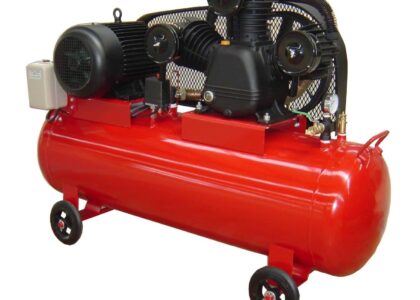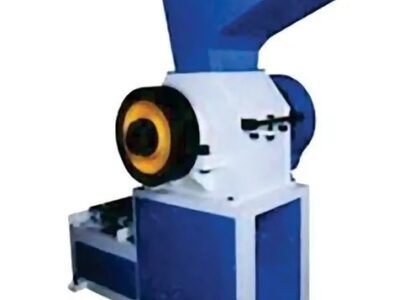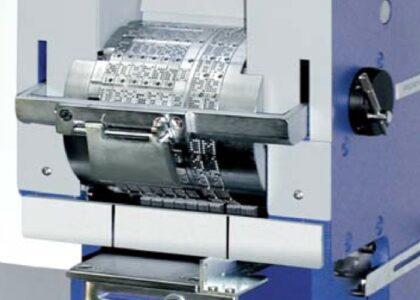In 2023, the Weft Feeder market is expected to be worth US$ 670.3 million. The market is expected to reach US$ 1,173.4 million by 2033, expanding at a 5.8% CAGR throughout the forecast period. Weft feeders are advanced weaving accessories that play a vital role in the efficient operation of looms by providing a continuous supply of weft yarn. These devices have gained immense importance due to their ability to improve weaving efficiency, reduce downtime, and enhance fabric quality.
The application of weft feeders spans various industries, including textile, apparel, automotive, home furnishings, and industrial fabrics. In the textile sector, weft feeders are widely used in weaving machines to ensure smooth and consistent yarn insertion during the weaving process. The use of weft feeders helps in minimizing yarn breakages, improving fabric strength, reducing waste, and achieving higher production rates. Weft feeders enable the production of intricate patterns, complex designs, and specialized fabrics, thereby expanding the creative possibilities for textile manufacturers.
The market growth of weft feeders is primarily driven by the increasing demand for high-quality textiles, rising automation in the textile industry, and the need for enhanced productivity. Manufacturers are investing in advanced weaving technologies, including weft feeders, to meet the growing consumer demand for diverse and innovative fabrics. The adoption of weft feeders reduces labor costs, improves operational efficiency, and enables better control over production processes.
Gain a Competitive Edge with Our Comprehensive Market Analysis. Request a Sample Now and Uncover Exciting Growth Prospects
https://www.futuremarketinsights.com/reports/sample/rep-gb-17622
The weft feeder market also faces certain challenges. The high initial cost of weft feeder systems can pose a barrier to small-scale textile manufacturers, and the complex installation and maintenance requirements of weft feeders may require skilled technicians, which can further add to the overall operational expenses. Also, the market is affected by the volatility in raw material prices, which can impact the profitability of weft feeder manufacturers.
Electronic weft feeders are witnessing significant demand. Electronic weft feeders offer precise control over yarn tension and feed rate, resulting in improved fabric quality and reduced material waste. These advanced weft feeders are equipped with sensors, actuators, and control systems that ensure accurate yarn insertion, leading to high production efficiency. Also, electronic weft feeders enable remote monitoring and control, thereby enhancing the overall operational convenience for textile manufacturers.
China, India, and the United States have large textile manufacturing bases, and continued investments in infrastructure projects and textile parks are expected to bolster the demand for weft feeders.
Key Takeaways from the Weft Feeder Market:
- The Weft Feeder industry in the United States is predicted to reach US$ 199.5 million by 2033, increasing at a 6.1% CAGR.
- The Weft feeder industry in Germany is estimated to reach a market share of US$ 93.9 million, expanding at a CAGR of 5.9% by 2033.
- During the forecast period, the Weft feeder industry in China is projected to reach a market share of US$ 146.4 million, securing a 6.2% CAGR.
- With a Market Share of 38.3% from 2022 to 2033, the weaving mills segment is expected to dominate the weft feeder industry.
- With a CAGR of 6.4% from 2022 to 2033, the Electronic weft feeder is expected to dominate the weft feeder industry.
How Does the Competition Look in the Weft Feeder Market?
The Weft Feeder industry has a highly competitive landscape, with a significant number of players vying for market share. Several significant participants in this industry comprise SHARNAM TEX INDIA PRIVATE LIMITED, GOODFORE, Semitronik, LGL, IRO, Mahalaxmi Textile Parts, Sino Textile, Piotex, and Sedna, among other companies.
The main players are notably investing in research and development endeavors to create novel and inventive goods that provide improved effectiveness, dependability, and affordability. They are additionally concentrating on broadening their range of products and reinforcing their distribution channels to meet the changing demands of clients.
Tactical alliances and associations with other corporations are progressively prevalent in the sector, enabling participants to utilize one another’s capabilities and broaden their influence in the marketplace.
Leading players to fortify their market standing and acquire entry into fresh markets are utilizing consolidation and mergers. The sector is experiencing notable expansion in developing economies, especially in nations such as India and China.
Key players are expanding their presence in these markets by establishing local manufacturing facilities and strengthening their distribution networks. They are also focusing on offering cost-effective solutions to customers in these markets to gain a competitive edge.
Get in Contact with Sales for Personalized Assistance in Acquiring this Report https://www.futuremarketinsights.com/checkout/17622
Segmentation Analysis of the Weft Feeder Market
By Type:
- Mechanical Weft Feeder
- Electronic Weft Feeder
By Operation:
- Manual Weft Feeder
- Automatic Weft Feeder
By Application:
- Weaving Mills
- Textile Manufacturing Plants
- Garment Manufacturing
- Packaging Industry
- Others
By Region:
- North America
- Latin America
- Eastern Europe
- Western Europe
- East Asia
- South Asia & Pacific
- The Middle East & Africa
Author:
Nikhil Kaitwade (Associate Vice President at Future Market Insights, Inc.) has over a decade of experience in market research and business consulting. He has successfully delivered 1500+ client assignments, predominantly in Automotive, Chemicals, Industrial Equipment, Oil & Gas, and Service industries.
His core competency circles around developing research methodology, creating a unique analysis framework, statistical data models for pricing analysis, competition mapping, and market feasibility analysis. His expertise also extends wide and beyond analysis, advising clients on identifying growth potential in established and niche market segments, investment/divestment decisions, and market entry decision-making.
Nikhil holds an MBA degree in Marketing and IT and a Graduate in Mechanical Engineering. Nikhil has authored several publications and quoted in journals like EMS Now, EPR Magazine, and EE Times.
About Future Market Insights (FMI)
Future Market Insights, Inc. (ESOMAR certified, Stevie Award – recipient market research organization and a member of Greater New York Chamber of Commerce) provides in-depth insights into governing factors elevating the demand in the market. It discloses opportunities that will favor the market growth in various segments on the basis of Source, Application, Sales Channel and End Use over the next 10-years.
Contact Us:
Future Market Insights Inc.
Christiana Corporate, 200 Continental Drive,
Suite 401, Newark, Delaware – 19713, USA
T: +1-845-579-5705
For Sales Enquiries: sales@futuremarketinsights.com
Website: https://www.futuremarketinsights.com
LinkedIn| Twitter| Blogs | YouTube





